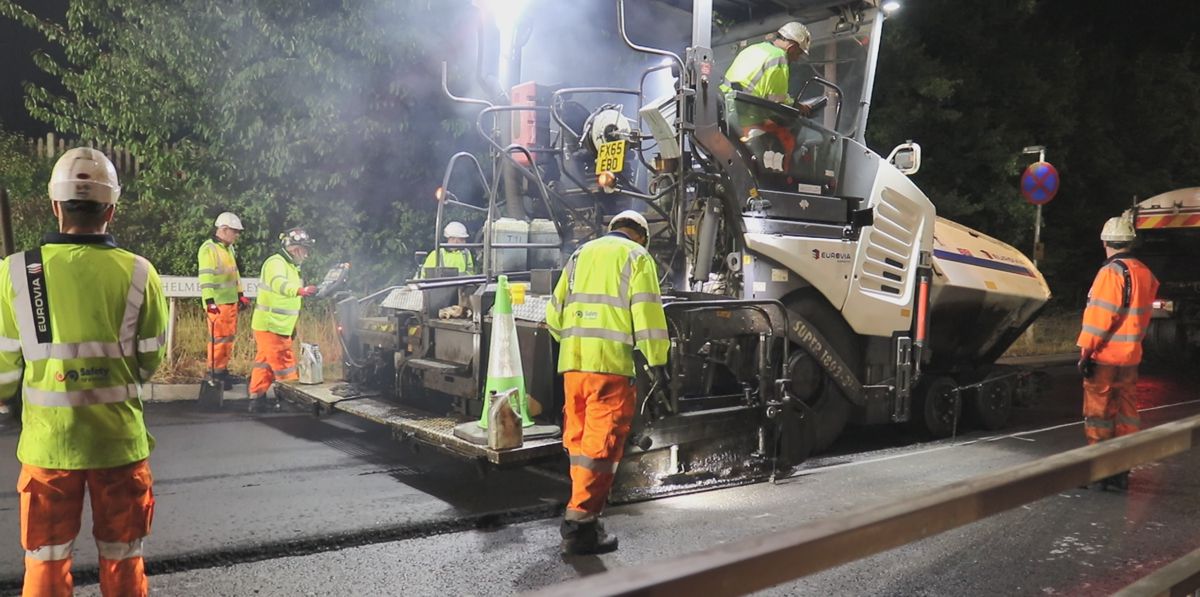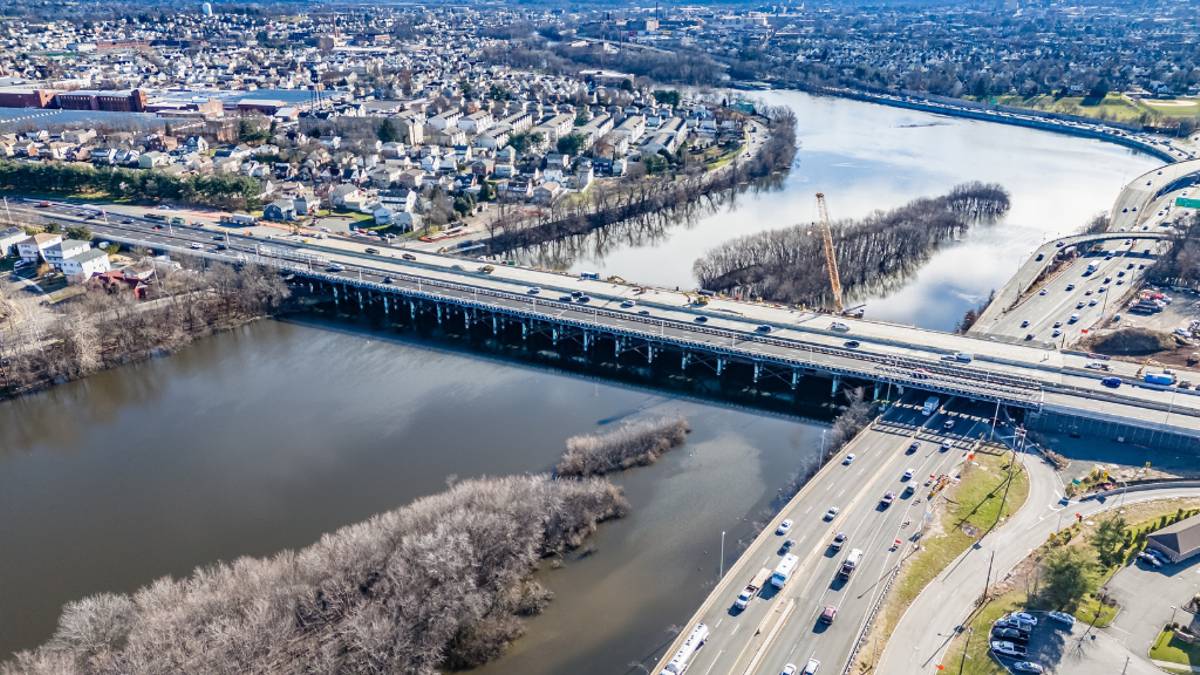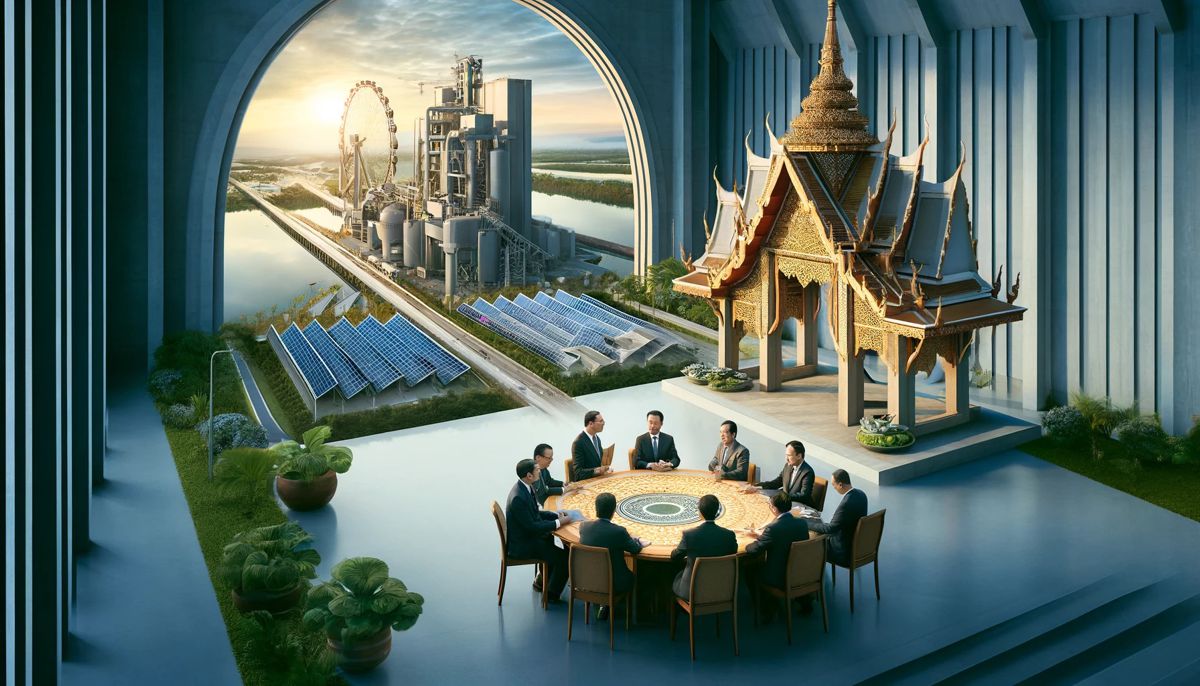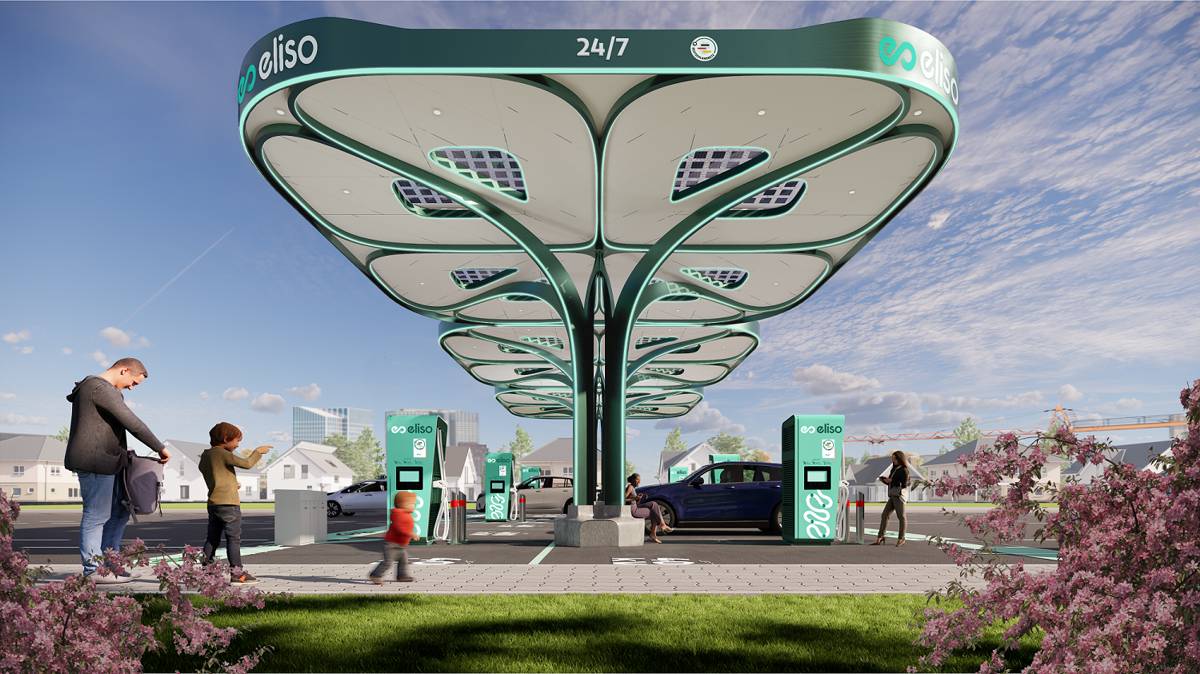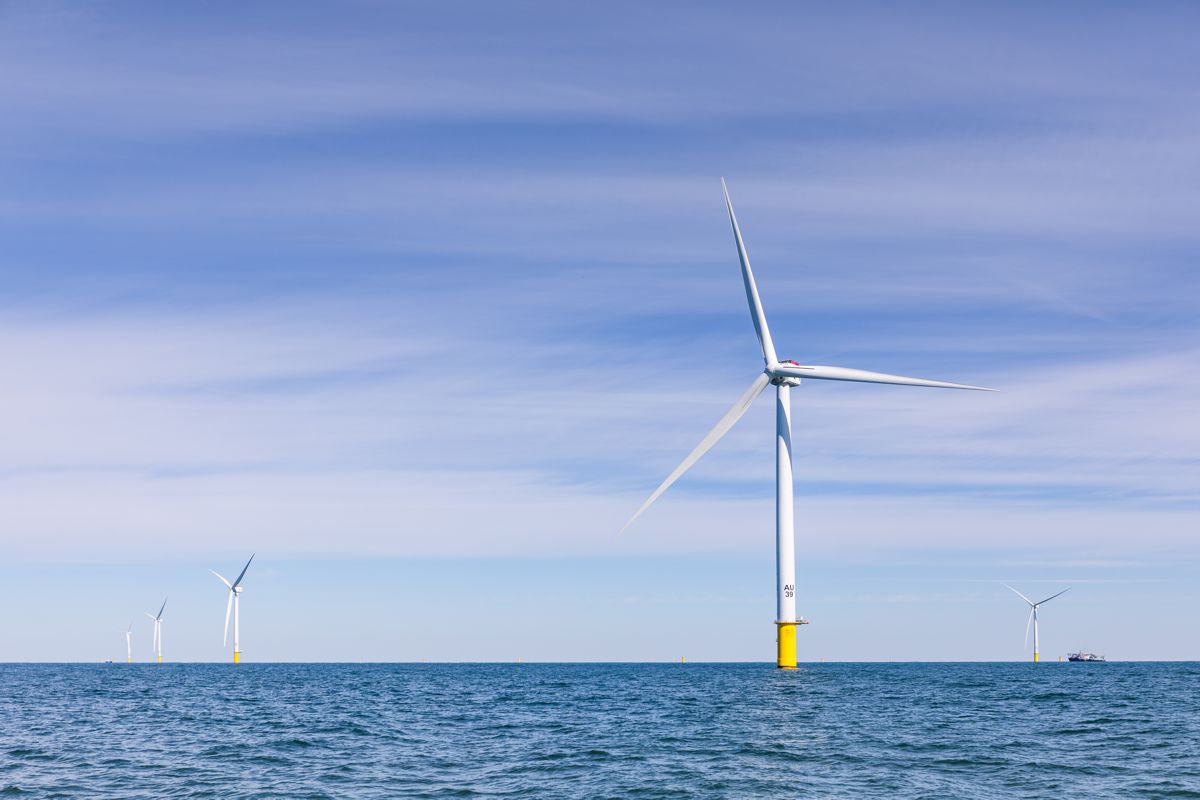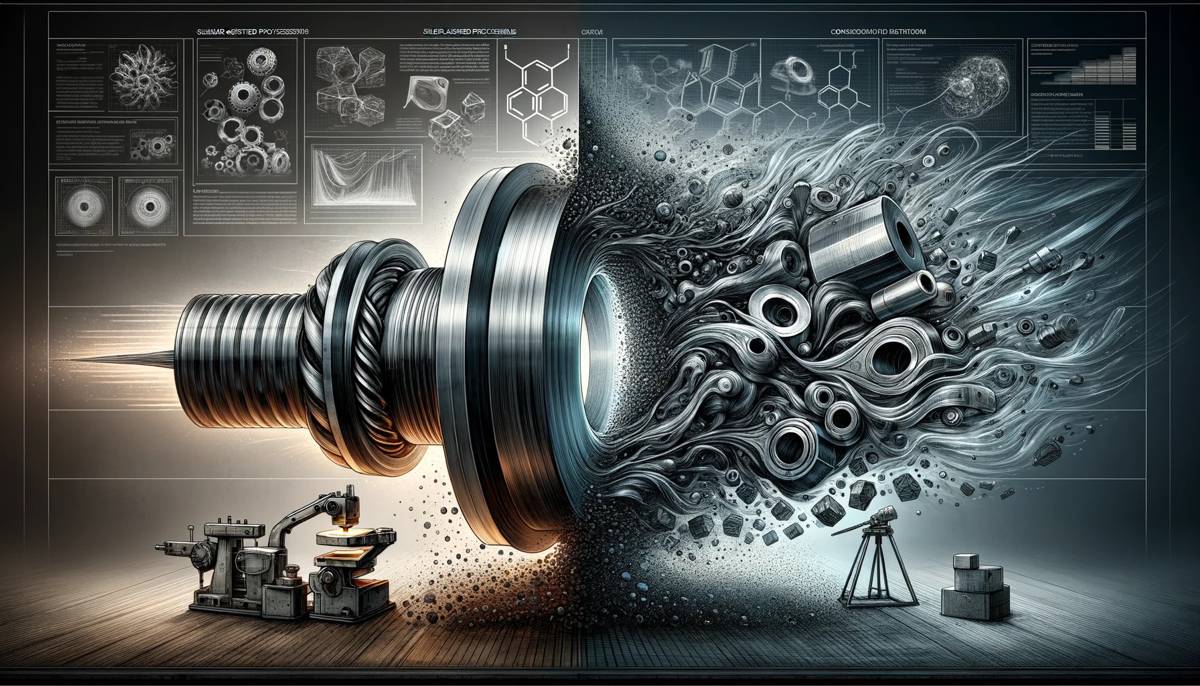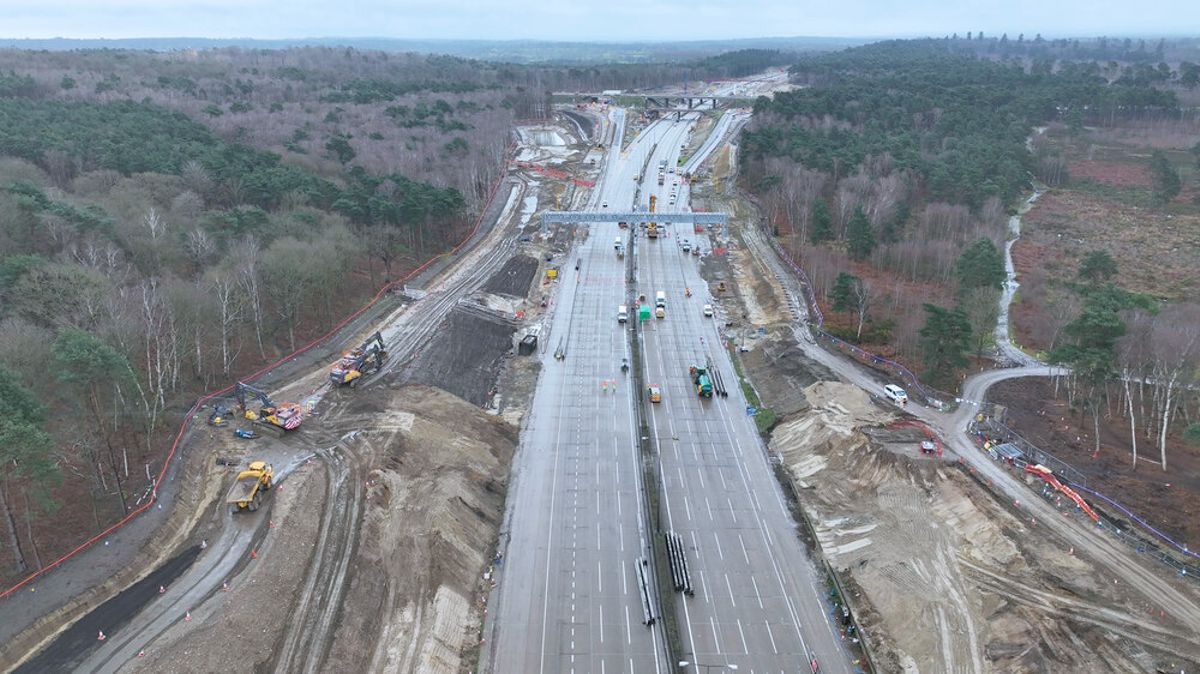Formwork fine-tuning by Doka for construction of the new KTM museum
High speed on two wheels. That’s what has made Upper Austrian motorcycle manufacturer KTM world-famous. But right now at company HQ in Mattighofen,
the howl of high-revving motorbike engines is overlaid by the low growl of construction machinery. On a 9,500 m2 site, work on the new KTM museum is
in progress and should be finished by the end of 2018. The formwork for the unusual, ellipsoid-shaped building is all by formwork specialist Doka. Good
handling and a superb fair-faced concrete finish are the essentials.
The first sight of the building will be enough to set any motorcycling aficionado’s pulse racing.
The curvaceous new museum, built to a design by “X Architekten” and “Hofbauer:Architect“, embodies shapes inspired by motorcycle racing circuits. Nor is there anything straightforward and humdrum about the interior architecture. Stairways there are none, except those required as emergency exits by the safety regulations. A ramp gives visitors access to all the museum’s six levels. Eye-catching fair-faced concrete surfaces are a central design feature.
To meet the architects’ high requirements, construction company HABAU combined cutting edge Concremote sensor technology with tried-and-tested formwork engineering from Doka.

Doka takes the uphill work out of any gradient
All the floor slabs are graded at an inclination of 4%, so literally you have to work your way up on this KTM museum build. To handle these gradients and achieve and maintain the high speed necessary for slabbing 14,400 m² total floor area, contractors HABAU opted for the robust Dokamatic table. One person on their own can reposition table forms up to 12.5 m² in size as complete units, no crane assistance needed. And on the KTM museum build full use is made of the DoKart plus for shifting the table forms. To achieve the inclinations specified in the architect’s draft, the props are set to different heights by means of screw jacks. The walls are curved, so Doka designed a perfect-fit formwork solution consisting of Framax framed formwork and Large-area formwork Top 50. The elliptical exterior wall is cast in 12 sections, and the formwork for each is made up of three different sets of Large-area formwork Top 50.
As always, commissioning quantities factor into cost efficiency, so the formwork for a quarter ellipse – corresponding to about 50 running metres – was designed so that turned upside down, it can be re-used on the opposite side of the ellipse.
The fair-faced looks of successful formwork
The fair-faced concrete visuals of the walls and undersides of the floor slabs contribute much to the unique character of the KTM museum. Doka knew that on this build the desired texture would be ensured by its Formwork sheet 3-SO. So the Framax framed formwork and the table forms are both sheeted with this classic from the Doka product line-up. Made of the familiar yellow three-ply, this sheet produces a concrete finish characterised by fine wood graining and the horizontal patterning of the formwork panels. A challenge for the site crew is to maintain a uniform concrete finish for all sections despite changing climatic conditions – on this build work continues summer and winter. Stripping time is one of the factors influencing the colour of the concrete. Stripping time itself, in turn, depends on the degree of hardening.
At summer temperatures concrete matures more quickly than in winter. Concremote sensor monitoring enables the engineers to “look inside the formwork”. So stripping can be timed for exactly the same degree of maturity across all pouring sections and the finished concrete has a uniform appearance. The data on the concrete’s temperature and strength development are transmitted in real time, so it’s safe to say that Concremote “fine-tunes” the form working operations. Authorised site managers can call up the measured data through a secure web portal at any time with a notebook, tablet PC or smartphone.

fair-faced concrete results every time.
First-rate support for all formwork operations, start to finish
More than 3,300 m² of formwork from Doka will be in use through to the end of this build. Plus the support of know-how from the formwork experts. The services extend from formwork planning by the Doka engineers through on-site assembly by the Doka Ready-to-Use Service to the Doka formwork instructor familiarising the crew with the handling routines for the formwork systems, and regular site support by field specialists. The KTM museum build shows that cooperating with professionals is the way to go on even the most ambitious construction project.
Facts
- Project: KTM museum
- Location: Mattighofen, Austria
- Construction work by: HABAU Hoch- und Tiefbau
- Project owner: Wohnbau-west Immobilienverwaltung GmbH
- Architects: X Architekten | Hofbauer:Architect
- Construction time: 2015-2018
- Fair-faced concrete surface area: approx. 13,600 m²
- Doka products in use: Formwork sheet 3-SO, Large-area formwork Top 50, Framed formwork Framax Xlife, Load-bearing tower Staxo 100, Dokamatic table, DoKart plus
- Doka services in use: Concremote, Formwork planning, Formwork instructor, Formwork pre-assembly, Ready-to-use service



